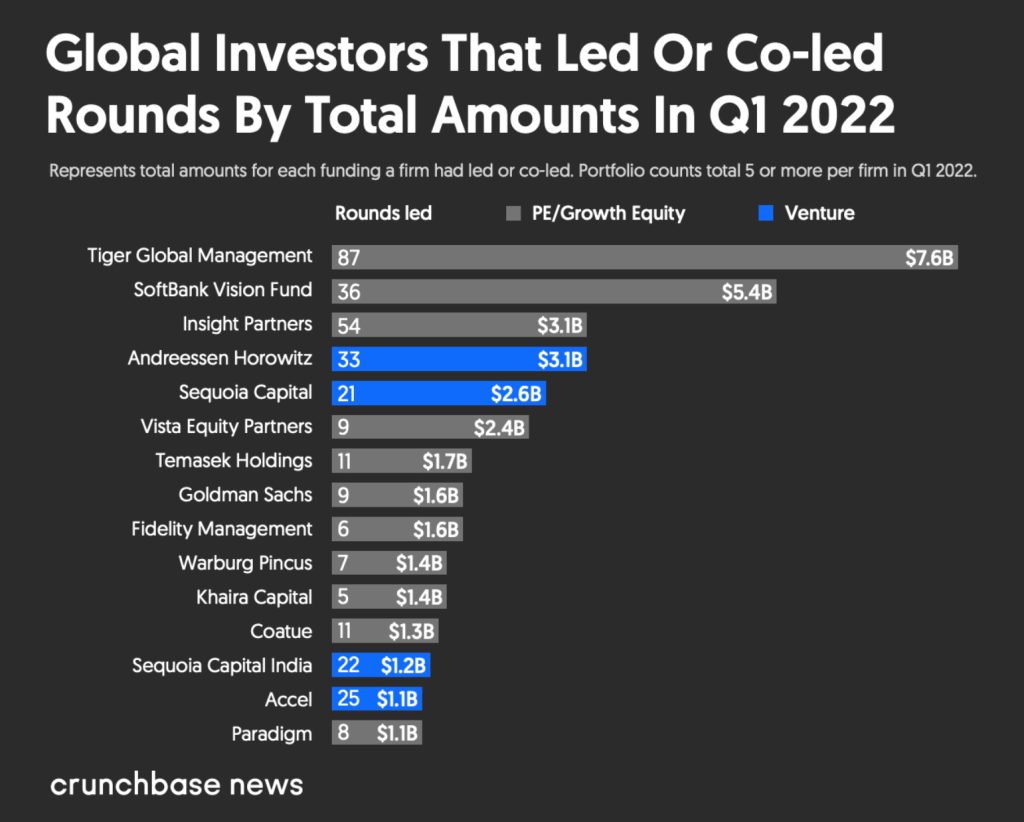Key Takeaways:
- Investment firm Tiger Global adopted a fast-pace strategy
- Fast action and possibly poor investment decisions caused the firm to lose 34% in Q1 2022
- Could the focus on Web3 remedy the situation?

YEREVAN (CoinChapter.com) – Tiger Global, a flagship investment firm that focuses on private and public companies, has been around since 2001. If it was cautious and conservative at the start of the journey but turned into a fast-spinning wheel of investing decisions by late 2021. However, the devastating Q1 results bring the venture capital (VC) firm’s new credo into question.
Meanwhile, the web3-oriented strategy might give the company a much-anticipated boost and compensate for the Q1 losses.
Tiger in the Metaverse and Web3
The hedge fund pinned its radar on blockchain-based web3 technologies in Q2 2022. It kicked the quarter off by investing $10 million in a Web3 startup, Ethereum Push Notification Service (EPNS). Additionally, the leading Web3 security company CertiK brought home $230 million in a series of funding rounds and raised its valuation to $2 billion in three months.
Insight Partners, Tiger Global, and Advent International led the funding round, shelling out $88 million, with participation from Goldman Sachs and existing investors such as Sequoia and Lightspeed Venture Partners.
Also read: Web3’s Pocket Network Continues to Grow at Unprecedented Pace.
Moreover, Web3 is a promising sector that could pull Tiger Global out of the Q1 rut. However, as more investors flock to Web3, the field becomes more and more competitive from an investment standpoint.
During The Verge podcast, Chris Dixon, a partner at the venture capital firm Andreessen Horowitz, commented on web3 investing. The expert called it the “future of the internet.”
In my mind, if Web3 works right — if we can do it the right way — it is the best of both worlds of Web1 and Web2. The advanced functionality that we have come to like from Web2 service is the slick user interfaces, the ability to read and write as we say, and to both consume and publish.
The fact that Web3 will pay out more to creators this year than Web2 — even though the UX has a lot of work to do — shows what the promise is. Once we fix that, it is going to be really big.
asserted Dixon.
Meanwhile, the hedge fund maintained its fast-paced decision-making strategy. But will it pay-off in the current quarter?
Fast action strategy and is it working
In detail, Tiger Global initially invested only in the top 2% of various fields, showing a more “traditionalist” approach to choosing projects. After that, however, the film expanded its sphere of influence to the top 10%.
Additionally, the VC amped up the decision speed and, by extension, the number of projects a year. Between 2000 and 2010, the firm participated in 30 venture financings, i.e., signed an average of three deals a year.
Also read: LongHash Ventures Partners With Terraform Labs To Accelerate Web3 Development On Terra Blockchain.
Tiger gradually picked up the pace as its financing amount reached the highest among all VCs between 2007 and 2017. As a result, the hedge fund took on an average of 100 projects from 2015 to 2021.
The crypto boom in the previous year pushed Tiger further, as the latter signed 358 investment deals in 1 year. However, the fast action strategy inevitably lowers the bar for “project picking,” and didn’t pay off in Q1 2022.
Tiger Global’s Q1 losses
Sources report that Tiger lost 7% in 2021, wiping out 48% gains made in the previous year. Notably, with the Nasdaq up 17% since the start of 2021, Tiger’s main fund has now underperformed the benchmark tech index by 56% in the last 15 months.
Also read: Japan could soon have a ‘Web3 Minister’ thanks to the Government NFT Task Force.
Moreover, the VC dropped 34% in Q1 2022 and 13% in March alone, on the back of poorly performing stock investments and markdowns on private holdings. Meanwhile, Tiger also earned Crunchbase’s “spendiest of spenders” title by coughing up $7.6 billion in the Private Equity/Growth Equity category.



